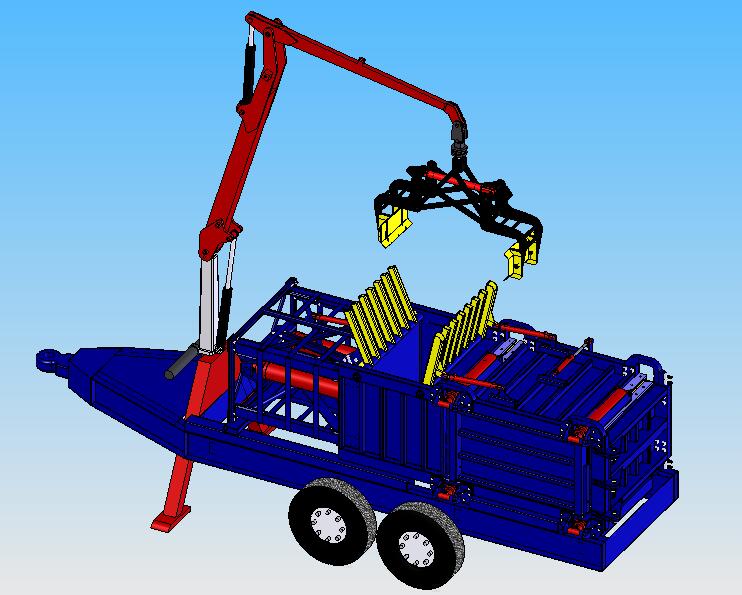Abstract
Woody biomass is a core element of our nation’s strategy to replace imported oil and natural gas with renewable resources. The challenge facing potential biomass users, however, is how to economically recover and transport the material from residential neighborhoods, urban centers and suburban landscapes to distant users. Our preferred solution is to bale the bulky biomass at the roadside to reduce the cost of at-site processing, increase payloads during hauling, and preserve physical properties for more appropriate feedstock processing by woody biomass users. A preliminary step towards this goal is determining the appropriate bale and baler size. We have deduced an appropriate target bale size and density for a baler intended to operate in the wildland urban intermix zone as part of forest health and fuels reduction projects. By using a bale size of 1.22 m x 0.79 m x 1.58 m with a green density of 373 Kg/m3 and an equilibrium density of 250 Kg/m3 we can maximize truck load potential while minimizing input energy. Furthermore, maximizing truck load potential increases the utilization opportunities for the biomass from residential scale fuel reduction projects by reducing the cost of material transportation.
About the Publication
Lanning, D.N., J.H. Dooley, M.C. DeTray, and C.N. Lanning. 2007. Engineering factors for biomass baler design. ASABE Paper No. 078047. ASABE. St. Joseph, MI. 10 pp.
Read the full article in PDF format:

